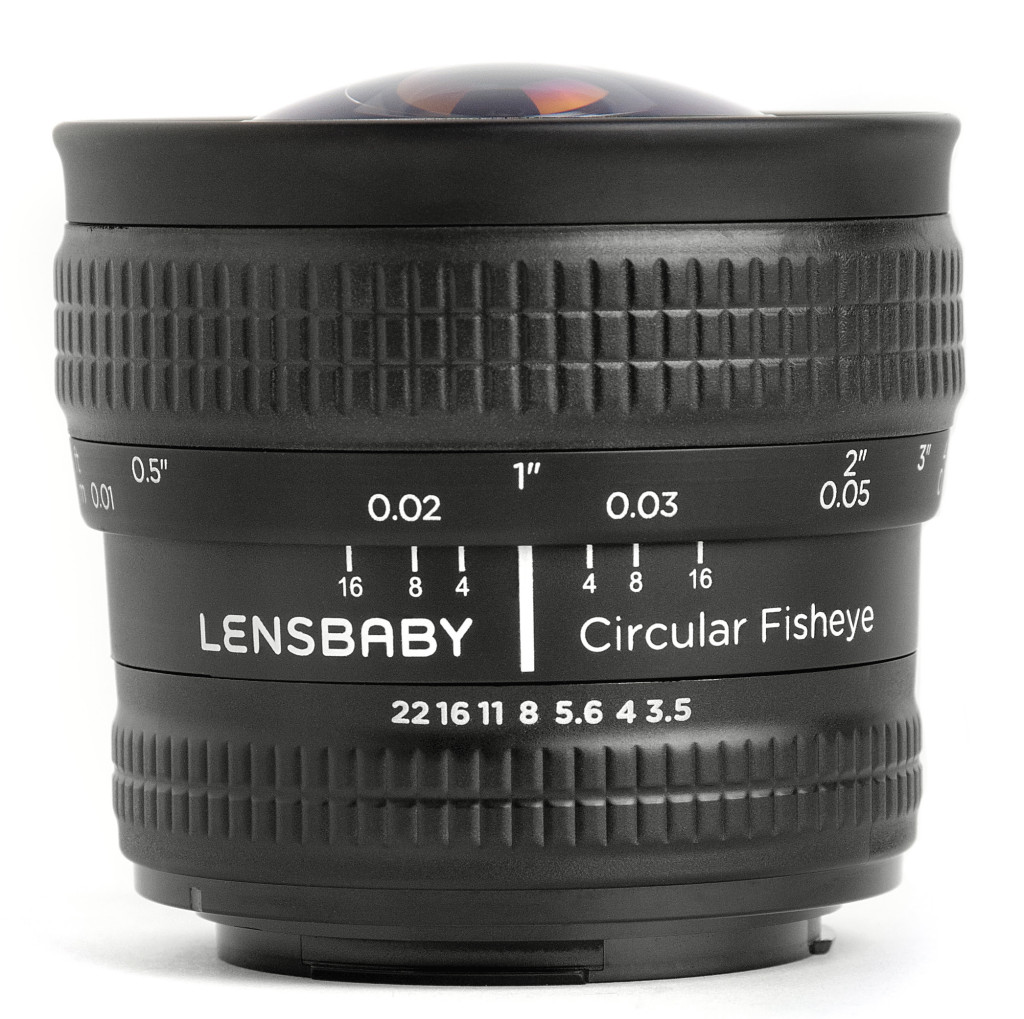

Photos of buildings taken with a fisheye lens, however, benefit from the distorted lines of perspective, and an incredible amount of detail is able to be captured!Īs mentioned above, fisheye lenses create interesting and fun distortions. Using regular lenses in this manner will result in bland photos similar to how things look to the naked eye.

You can change your point of view with these lenses! Looking through a standard lens, you may start to fall into habits, seeing things the same way every time. Looking through a fisheye lens will force you to change the way you see everyday objects, which is an invaluable skill for photographers.įisheye lenses are fantastic at capturing architecture, due to the unique perspective they provide. This perspective allows tall and/or unusually shaped buildings to be photographed from ground level with a good amount of detail and background. What Is A Fisheye Lens used For?ĭue to the effect fisheye lenses have on straight lines, they’re able to offer extremely close focusing without image distortion. Instead of blurring close-up as a square lens does, fisheye lenses can take clear pictures at short distances! To figure out if they’re worth buying, we’ll now explore some of the things fisheye lenses are good for, and where they are able to best standard lenses. Wide Angle shot – Credit Claudio Schwarz Fisheye lens shot Are Fisheye Lenses Worth It?ĭepending on what you’re wanting to photograph, the answer will vary. wide-angle lens? First of all, it helps to remember that fisheye’s are wide-angle lenses, but not every wide-angle lens is a fisheye – far from it! Wide-angle lenses have a shallow focal length, significantly less than that of standard lenses. They’re used for photographing streets, wide open areas, traveling through nature, journalistic purposes, and even architectural photography. So, what do people mean when they ask about the difference between a fisheye lens vs. What is the difference between Fisheye Lens vs Wide-Angle Lens ?įisheye lenses specialize in capturing extreme wide angles. These lenses are used to create extreme wide-angle shots of things like panoramic vistas, or underwater activity. But what does that actually mean? ‘ Diagonal fisheye effect’ is just a fancy name for full-frame fisheye imagery, something we can all picture effectively. These lenses produce images that take advantage of the diagonal fisheye effect. Instead of a circular image within a black frame, full-frame fisheye pictures take up the entire frame – there are no black edges. They’re most often used for creative purposes, such as capturing unusual land- and cityscapes, or for skateboard photography. This results in a circular image within a rectangular, black-edged frame. Let’s first define the different types:Ĭircular fisheye lenses are able to take photos with a viewing angle of 180 degrees. There are two main types of fisheye lens, classified based on the type of image they can produce. With these two types of lens, it’s possible to take either square (full-frame) or circular pictures.Certain lenses are capable of being adjusted to take either kind of photo, but we’ll delve more into that later. The name stuck, and today there are more varieties of (and uses for) fisheye lenses than ever there have been before! Types Of Fisheye Lens Wood, based on how a fish may see beneath the water an ultrawide, hemispherical view. It was dubbed the ‘fisheye lens’ by American inventor and physicist Robert W. However, some have been developed which can capture an image along the angle of view of 280 degrees! These lenses produce a strong visual distortion. Unlike square images, the special mapping properties of fisheye lenses result in non-square lines of perspective and distinctly curved images. Fisheye lenses get their name due to the fact their construction mirrors that of fish eyes – the glass of each lens is rounded, typically to between 100 and 180 degrees.


 0 kommentar(er)
0 kommentar(er)
